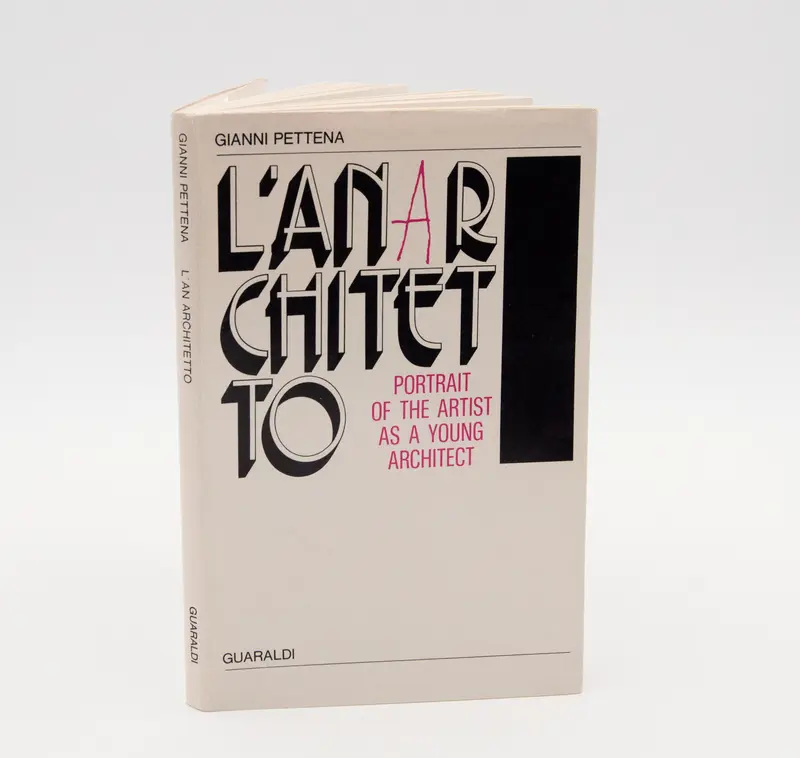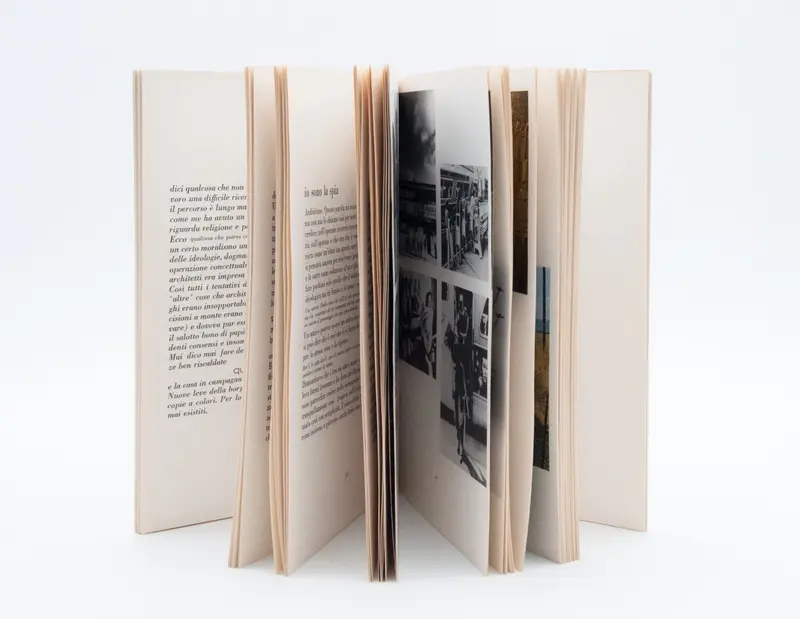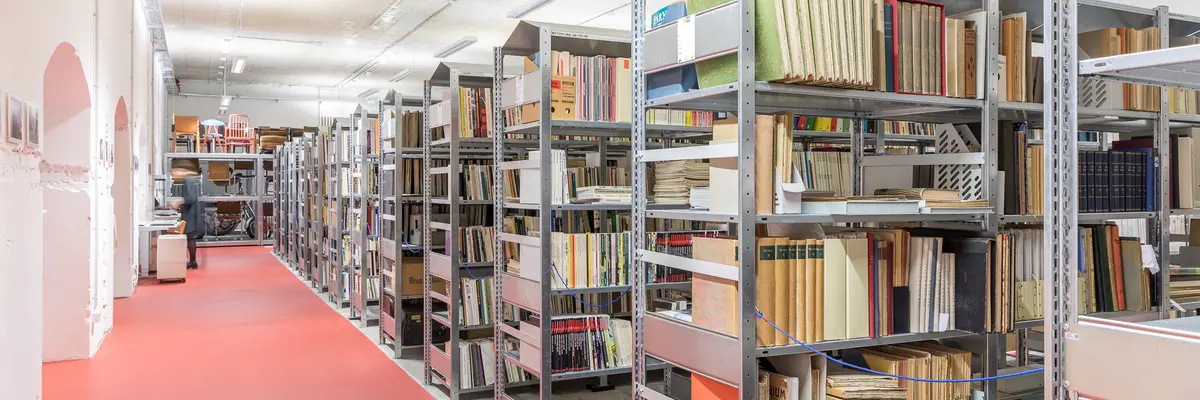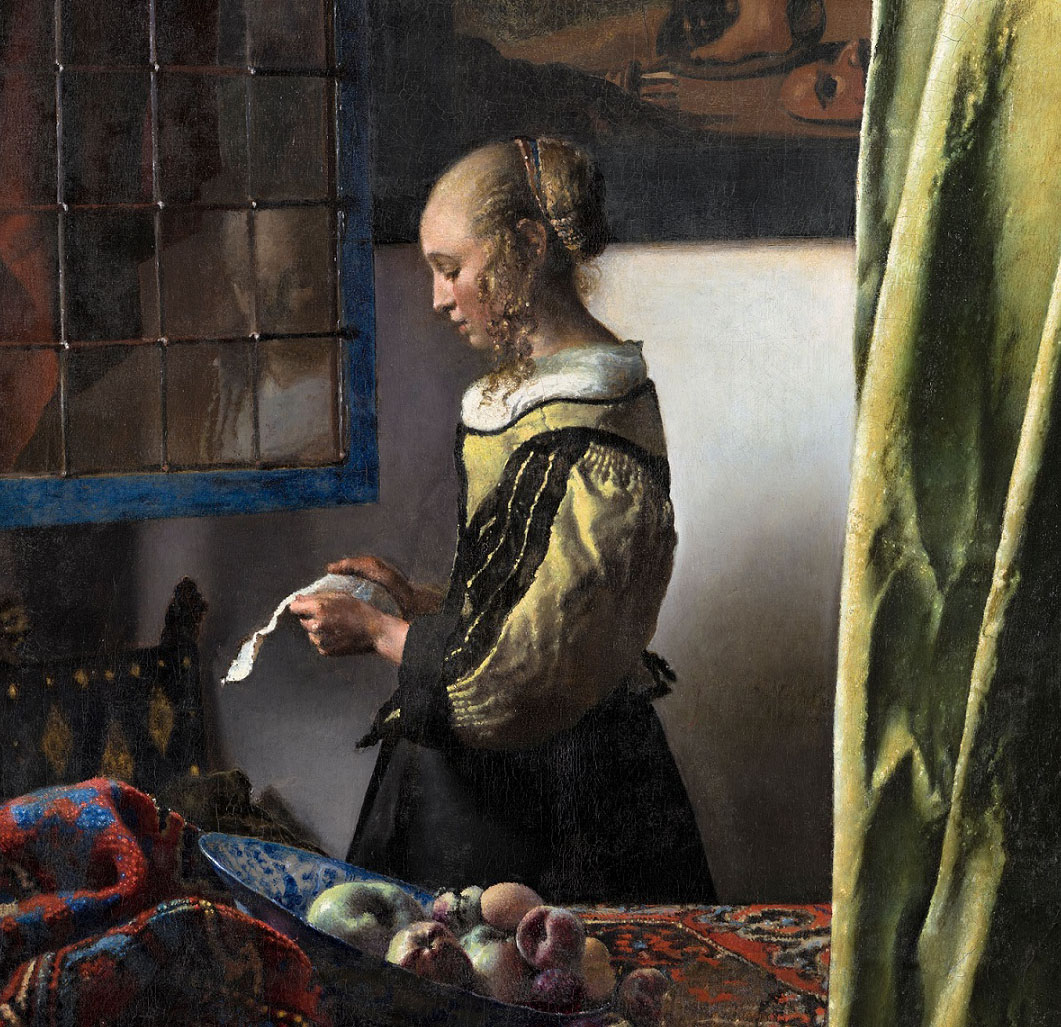Development
Even if Pettena took a degree in architecture at the university of Florence, his approach was always opened up by other disciplines in order to go beyond the mere project to practice architecture, seeking forms of expression that were not so rigorous and preferring to spend his time in the art galleries, like l’Attico in Rome or Toselli in Milan. Pettena has always maintained a personal autonomous position compared to the others members of the radical movement to confirm his personality and individual role, as well as his belief to re-think the meaning of the architectural discipline throughout the tools of the visual arts. Extremely crucial were his friendship with the artist and composer Giuseppe Chiari and his studies on the work of Marcel Duchamp and John Cage.



